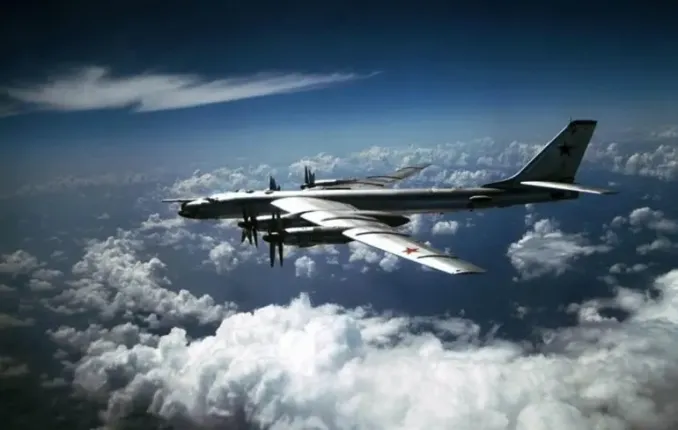Russia has Activated Strategic Aviation: Expect New Missile Strikes

On the night of June 29, while Ukraine continued to monitor the situation at the front, Russian military aircraft once again took to the skies with their strategic bombers, raising a series of concerning questions about potential new missile strikes on Ukrainian territory. According to reports from monitoring groups and Telegram channels, notably "Nikolaevsky Vanёk," at least three Tu-95MS aircraft were recorded flying from the Olenya airfield near Engels in the evening and during the night. This indicates an escalation of Russia's strategic forces during a period when the country is particularly vulnerable to strikes. According to information released by a Telegram channel, these were likely combat sorties—two originating from Engels airfield and one from Olenya. Observers speculate that these aircraft could be heading towards the Engels area in the Volgograd region, and if weapons are to be launched from these points, the first missiles are most likely to hit Ukraine between 02:00 and 03:00 AM. Also planned are flights from the Caspian Sea region, which, according to assumptions, may cross Ukrainian airspace around 04:30 to 05:00 in the morning. It is important to note that these times are approximate and subject to significant margins of error, as hostilities of this scope involve many variables affecting flight patterns and trajectories. As of 00:18, reports indicated that three Tu-95MS bombers from the Olenya airfield and one Tu-160 from Engels were already over Ukrainian territory. All of these aircraft were observed in flight heading toward probable launch positions where they could be used to deliver missile strikes. This information underscores the increasing tension in Ukraine’s airspace and demonstrates that Russian strategic forces are being activated daily, aiming to inflict maximum damage on Ukrainian infrastructure and intensify psychological pressure on the population. Expectations of new missile strikes remain high, and Ukrainian defense structures are on high alert to respond to any potential attacks. Analysis suggests that Moscow continues to utilize massive aerial attack tactics, hoping that timing and circumstances will enable them to amplify their mirror response (RDR). Overall, this night serves as yet another indication of how tumultuous and unpredictable today's conflict environment around Ukraine has become. Ukrainian military and intelligence agencies remain focused on detecting and neutralizing potential strikes, but it is clear that the threat from aviation and missile attacks must be taken very seriously. Since the beginning of the war, Ukraine has faced ongoing danger from missile and aerial assaults, and this nightly sortie of strategic aircraft from neighboring Russian and Caspian airfields confirms this threat repeatedly.

